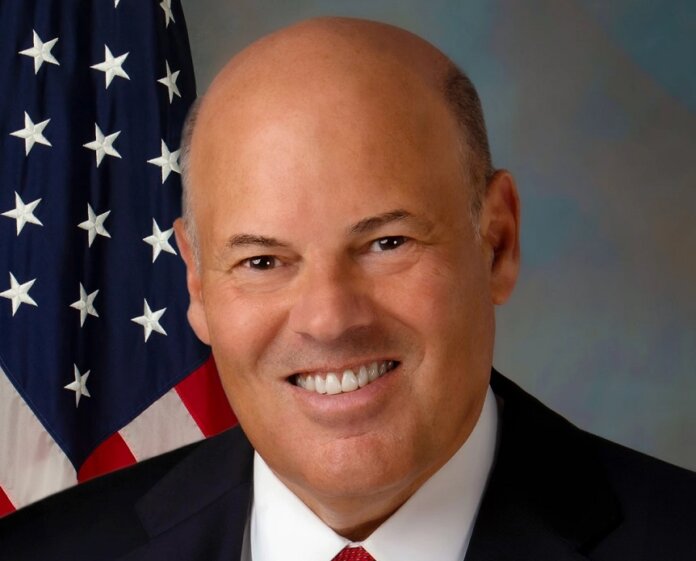The United States Postal Service has awarded a contract for 9,250 Ford E-Transit battery electric vehicles (BEVs), as well as placed initial orders for more than 14,000 charging stations to be deployed at postal service facilities.
Delivery of the vehicles is intended to begin in December of this year; the Ford E-Transit is manufactured in Kansas City, Mo.
To support the charging for all the new EVS, the postal service awarded competitive contracts to three suppliers for the purchase charging stations to establish an initial and ongoing electric vehicle supply equipment (EVSE) inventory (the charging station hardware and software needed to support EV charging).
“We are moving forward with our plans to simultaneously improve our service, reduce our cost, grow our revenue and improve the working environment for our employees. Electrification of our vehicle fleet is now an important component of these initiatives,” says Postmaster General Louis DeJoy. “We have developed a strategy that mitigates both cost and risk of deployment – which enable execution on this initiative to begin now.”
A plan announced in December 2022 outlined that vehicle acquisitions over the next five years would include a 75% fleet of Next Generation Delivery Vehicles (NGDV). Acquisitions of NGDV after 2026 are intended to be 100% electric. By 2028, that will amount to 66,230 electric delivery vehicles.
Overall, the postal service’s total investment in vehicles is expected to reach $9.6 billion.
The specific locations for deployment of the vehicles and infrastructure have not yet been finalized and will depend on route characteristics, including whether a left-hand drive vehicle is mission-suitable, as well as other business considerations.
The postal service plans to begin building out its charging infrastructure across a minimum of 75 locations within the next 12 months, and thereafter to continue the infrastructure buildout in the succeeding years at many additional facilities as a part of the delivery vehicle electrification strategy.





